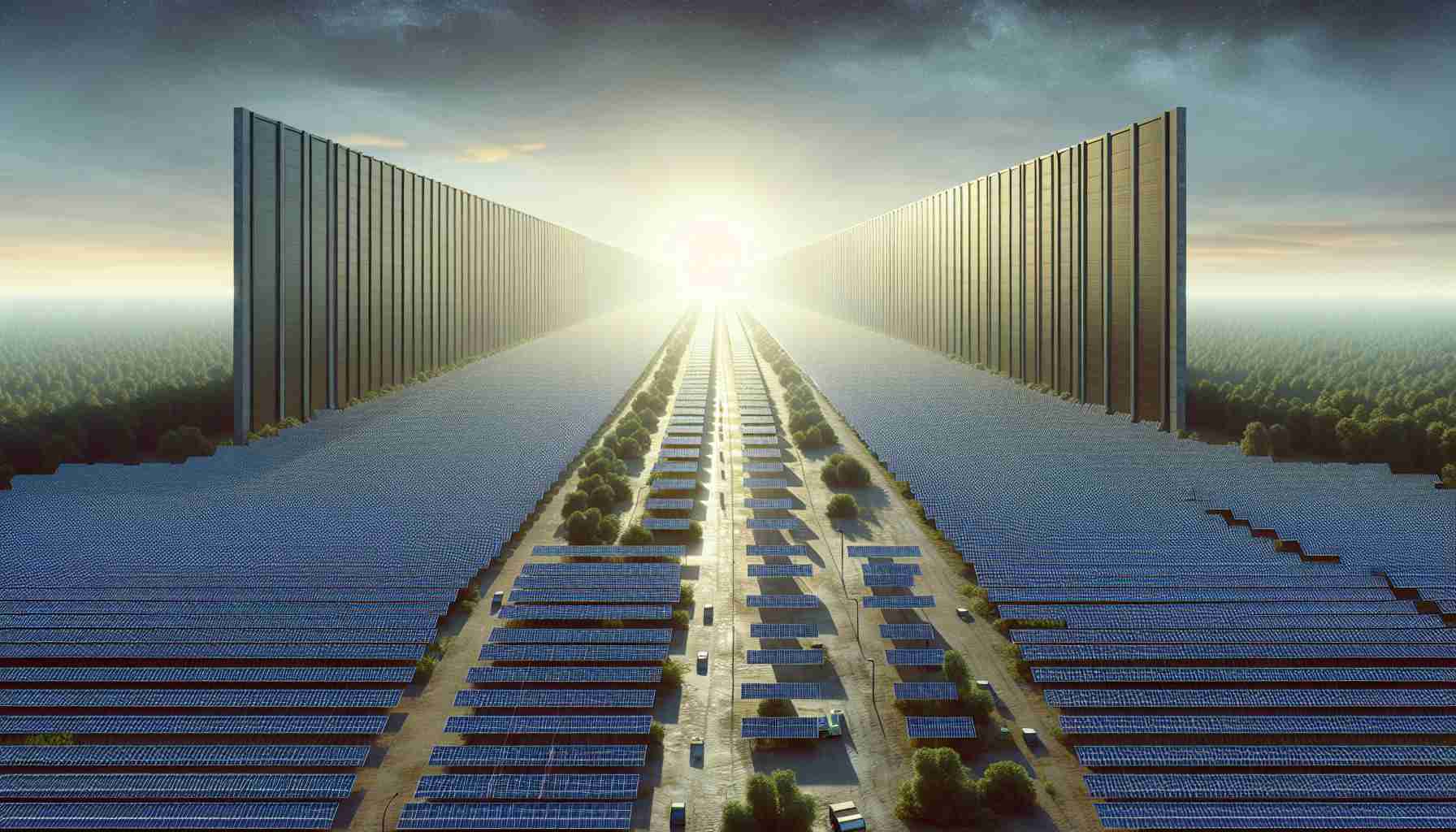
The Solar Industry’s Uncertain Horizon
The future looks grim for Germany’s thriving solar sector. Recent trends indicate a sharp decline in demand for residential solar installations, significantly impacting local manufacturers and service providers. This downturn is primarily attributed to decreased energy prices and climbing interest rates, which have dissuaded many households from investing in solar energy solutions.
In previous years, Germany experienced remarkable growth in solar power installations, especially during the energy crisis of 2022 and 2023. However, as energy prices stabilized, residential interest waned. The high upfront costs of solar systems combined with ongoing economic uncertainties have made investment less appealing for consumers.
The competitive landscape has also intensified, with German companies struggling against lower-priced offerings from Chinese manufacturers. Unfortunately, many local firms have reported dwindling revenues, leading to layoffs and even insolvencies. A notable example is ESS Kempfle, which filed for insolvency recently due to liquidity challenges.
Furthermore, while solar and wind energy combined surpassed fossil fuel generation for the first time—their share reaching a record 45%—the growth rate for solar installations slowed dramatically, highlighting the sector’s vulnerabilities. The substantial shift in the market raises alarms for Germany’s renewable energy ambitions, leaving many in the industry to ponder their next steps amidst a challenging environment.
Is Germany’s Solar Industry Facing a Permanent Setback?
The German solar industry, once a beacon of renewable energy potential, is navigating a precarious future as recent trends reveal a significant decline in demand for residential solar installations. Despite experiencing a remarkable boom during the energy crises of 2022 and 2023, the current climate presents several challenges that threaten the sector’s recovery and sustainability.
Current Trends Impacting the Solar Market
Several critical factors have contributed to the downturn in solar energy investments among German households. High energy prices that previously spurred interest have now stabilized, reducing the urgency to adopt solar solutions. Additionally, consumers face rising interest rates, which impact financing options for purchasing solar installations. Many households are now less willing to take on the substantial upfront costs associated with solar systems.
Market Challenges
The increased competition from international markets, particularly from lower-priced solar products produced in China, has intensified pressure on local German manufacturers. This competition has led to reduced market share for domestic companies, which are struggling to maintain profitability. Reports of dwindling revenues have resulted in significant consequences for the workforce, including layoffs and, in some cases, insolvencies—illustrated by the recent bankruptcy of ESS Kempfle due to liquidity issues.
Growth Statistics and Future Predictions
Despite the challenges, a notable shift is observed in the energy generation landscape, with solar and wind energy surpassing fossil fuels for the first time, reaching a milestone of 45% market share. However, this achievement comes with a caveat: the pace of solar installation growth has dramatically slowed, raising concerns about the long-term sustainability of Germany’s renewable energy sector.
Pros and Cons of Investing in Solar Energy in Germany
Pros:
– Long-term Savings: Reduced energy bills over time can justify the initial costs.
– Environmental Impact: Solar energy contributes significantly to reducing carbon footprints.
– Government Incentives: Potential grants and tax benefits may still be available for new installations.
Cons:
– High Upfront Costs: Initial investment can be prohibitively expensive for many households.
– Market Volatility: Economic uncertainties, such as rising interest rates and fluctuating energy prices, complicate investment decisions.
– Competition from Imports: Local firms face significant challenges from cheaper imports, affecting their market presence and viability.
Innovations and Future Directions
Though the current market presents challenges, innovations in solar technologies and storage solutions continue to emerge. Advances in photovoltaic efficiency and energy storage systems could provide new opportunities for the industry. Additionally, initiatives targeting sustainability and green energy development are gaining traction, potentially revitalizing interest in solar investments and installations.
Insights and Market Analysis
As the global demand for renewable energies grows, Germany needs to adapt and innovate to reclaim its position as a leader in the solar market. This involves embracing new technologies, enhancing the cost-effectiveness of installations, and creating robust policies to support local manufacturers against global competition.
In summary, while Germany’s solar industry currently faces significant challenges, the potential for recovery and growth remains, driven by continued innovation and a commitment to renewable energy. To explore more about Germany’s energy landscape and initiatives in solar power, visit the German Federal Ministry for Economic Affairs and Energy.



